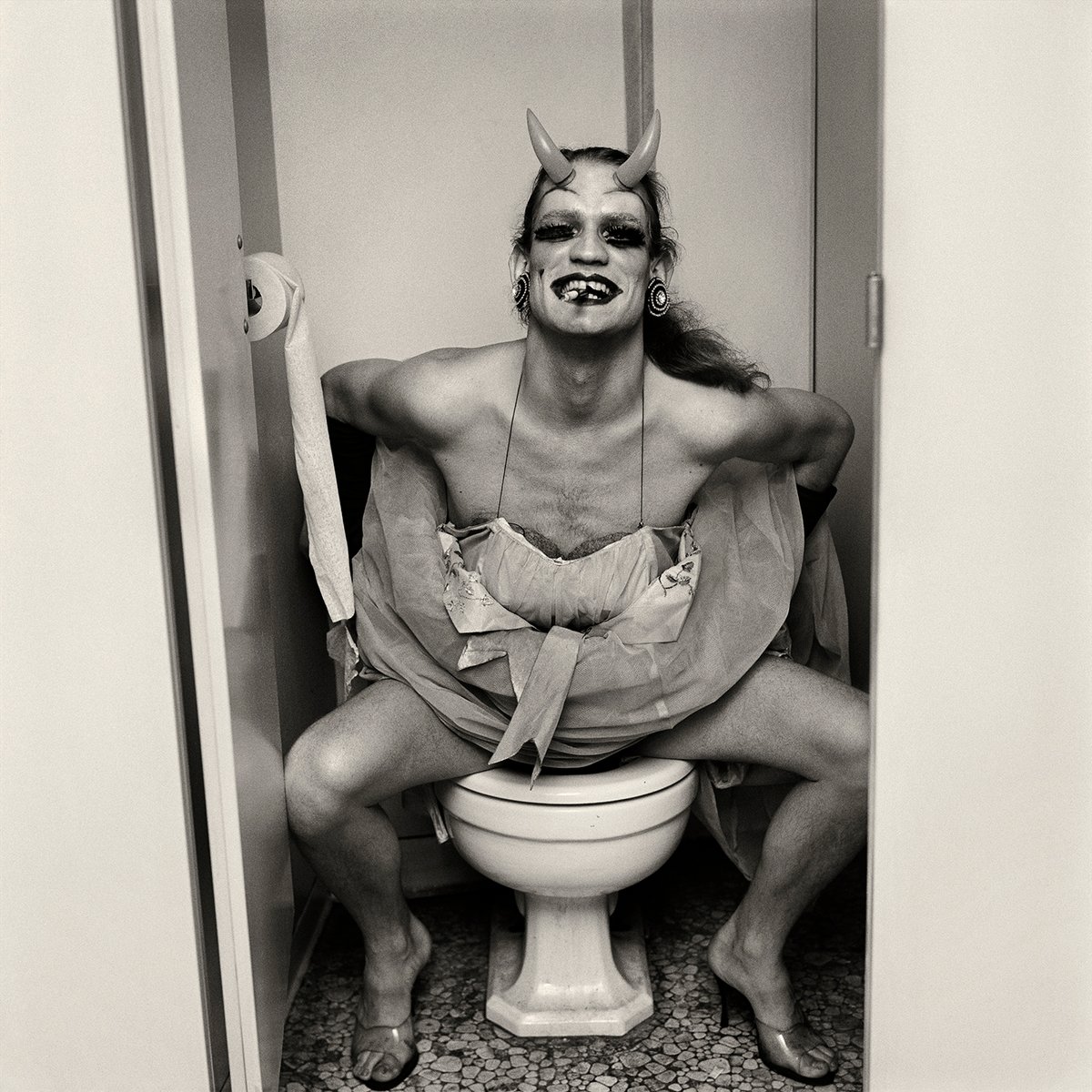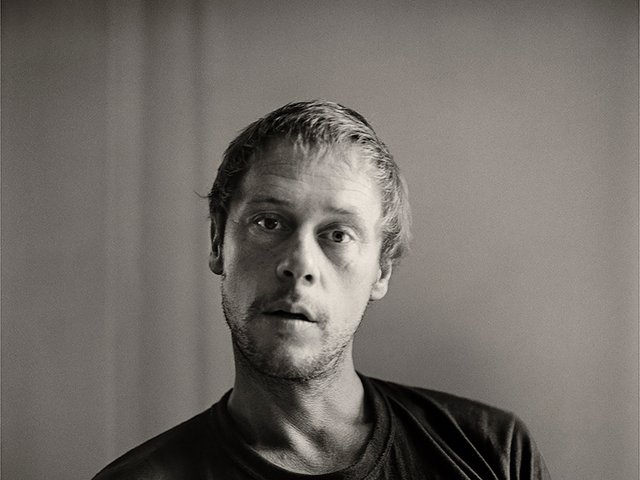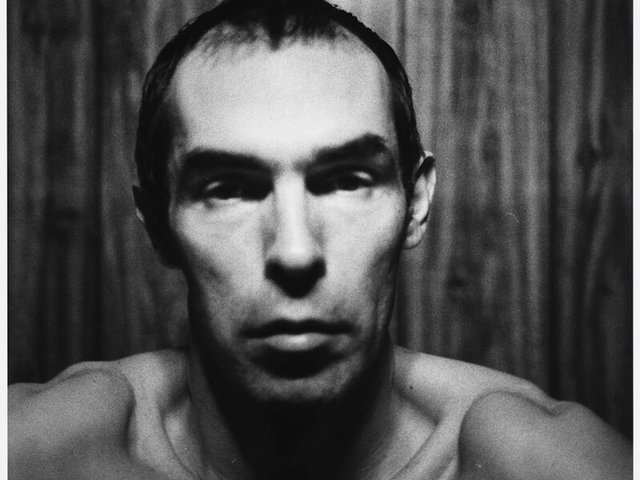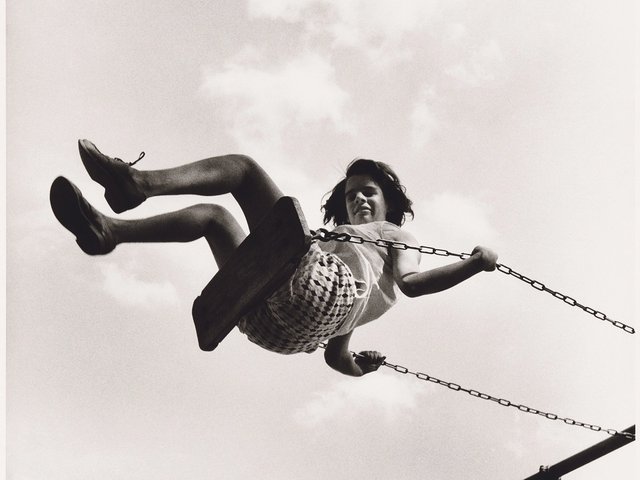The late US photographer Peter Hujar once said: “My work comes out of my life. The people I photograph are not freaks or curiosities to me. I like people who dare.” Hujar’s sitters seem to barely emote but dare to hold themselves up; they exhibit an attentiveness tending towards the monumental. You can see it in his 1975 portrait of the film-maker John Waters. Hujar positioned him in his studio, lying on dark, velvety fabric, an almost solid black mass from which face, chest and arms emerge.
Hujar was born in 1934 in Trenton, New Jersey, before moving to New York City as a child. Like fellow chroniclers of the city, such as Diane Arbus and Robert Mapplethorpe, Hujar was influenced by the square, black-and-white photography of Richard Avedon and later won a coveted spot in a masterclass at Avedon’s studio in 1967.
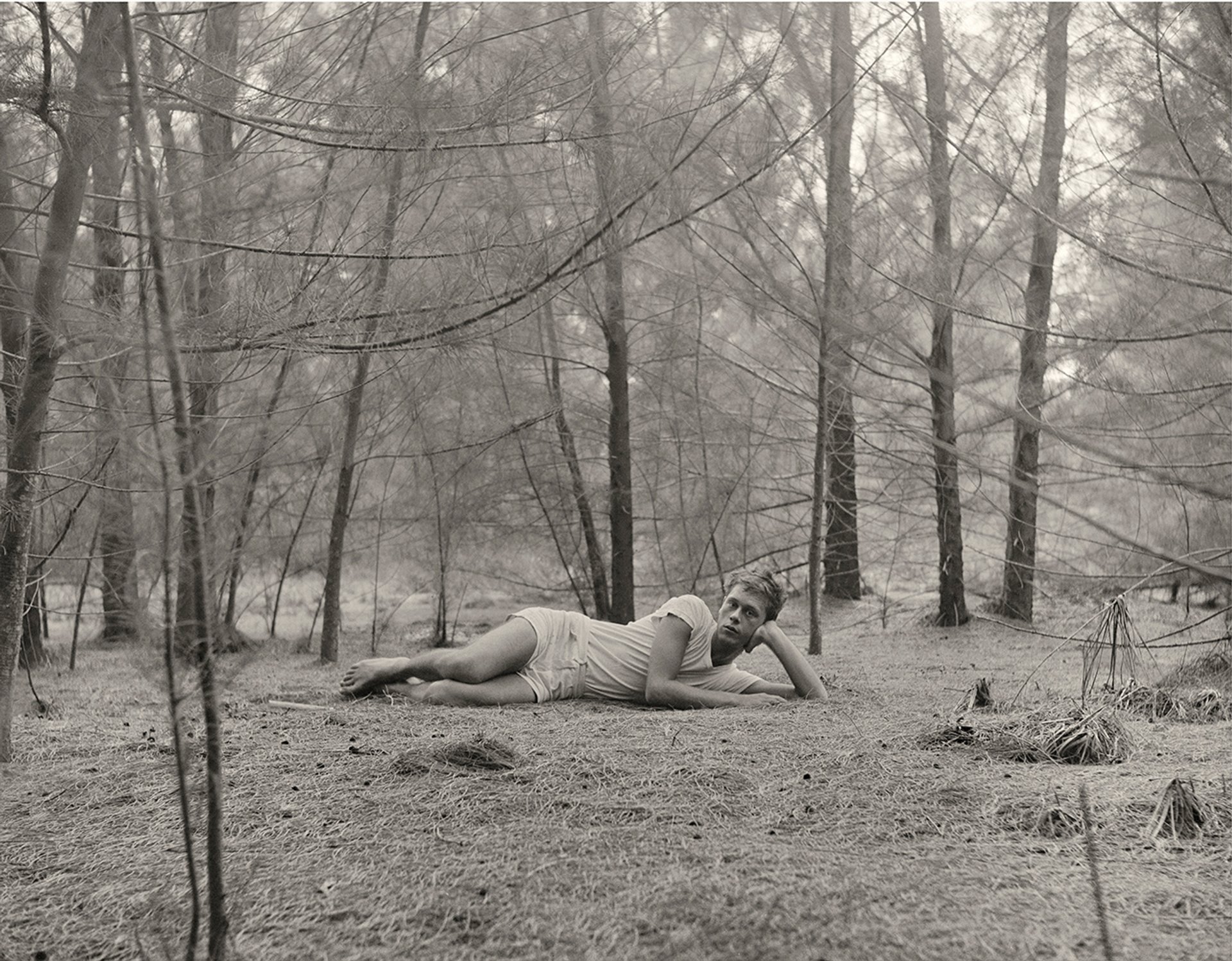
Hujar's Paul Thek, Florida (1957) Courtesy of the Peter Hujar Archive / ARS, New York and Pace Gallery, © Peter Hujar Archive, LLC
Hujar’s sitters resemble the psychologically complex portraits of Julia Margaret Cameron in their confident self-possession and intimate disclosure. Some of them were famous—Waters, William Burroughs and Fran Lebowitz—or soon to be. He recorded successive generations of downtown bohemians, yet his work was much more than a document of queer life and sensibility in New York.
Peter Hujar: Eyes Open in the Dark at London’s Raven Row will attest to this expansiveness in Hujar’s work, beyond the hectic New York downtown scene. Its ambition, as the co-curator John Douglas Millar puts it, is to resituate the work, to make us see the serene authority of the image not just in the portraits but in the entire breadth of Hujar’s photography.
There are the Eugène Atget-esque portraits of architecture in Manhattan and an exacting attention paid towards seascapes, plants and animal portraits. In the late 1970s, Hujar regularly visited rural Orange County, NY, where his friends owned a farm and whose pair of cows appear in one of Hujar’s images from 1978 with a certain degree of majestic presence. Hujar lived on a farm in his early childhood and had a close affinity with livestock.
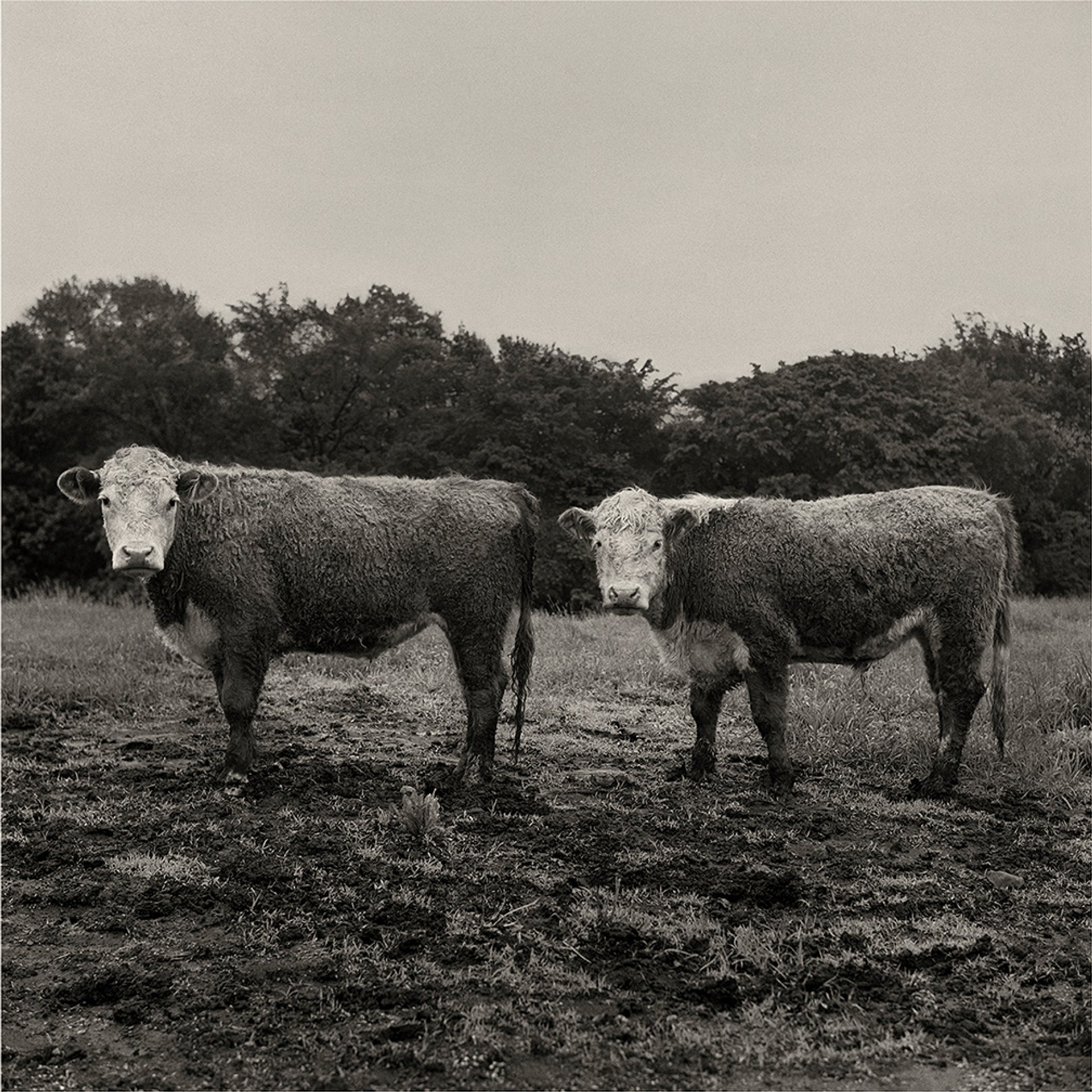
Hujar’s Butch and Buster, Hyrkin Farm, Westtown, New York (1978)
Photo: courtesy Peter Hujar Archive/ARS, New York and Pace Gallery; © Peter Hujar Archive
In 1980, Hujar met David Wojnarowicz; they were briefly lovers and collaborated on various projects. Hujar photographed Wojnarowicz’s mural paintings and graffiti art at the abandoned Pier 34, a gay cruising location. In 1987, Hujar was diagnosed with Aids-related pneumonia, and Wojnarowicz documented his last moments in luminous detail.
Compared with last year’s acclaimed Venice show of images from Hujar’s 1976 book Portraits in Life and Death, Raven Row will focuses on the later years of his career. The gallery’s director Alex Sainsbury sees the show as a rare chance to illuminate the work’s lesser-known corners, built on the intimate knowledge and technical expertise of the co-curator Gary Schneider, who met Hujar in 1977 and established a photography lab with the artist John Erdman. Schneider prints Hujar’s work and so the complexity and richness of the images will be emphasised across the show. That was Hujar’s signature move—to capture a mix of brutality and vulnerability in all his subjects.
• Peter Hujar: Eyes Open in the Dark, Raven Row, London, 30 January-6 April


